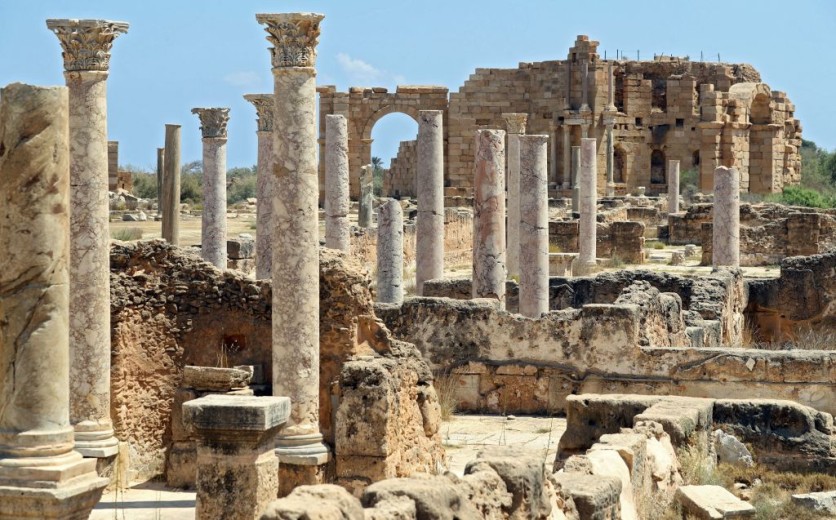French archaeologists have recently discovered an ancient habitat from the 1st century. The dwelling is made of light masonry and consists of walls made of raw earth tiles, per a news release from INRAP.
They found numerous fragments of painted plaster depicting bunches of grapes, which indicates that the habitat was quite comfortable. However, the structure was abandoned and eventually destroyed to construct a more monumental complex.

Large Porticoed Galleries
Now, archaeologists are studying a site that dates back to the 2nd and 3rd centuries. The site is marked by two large porticoed galleries, each measuring 20 meters long, forming a "U" shape.
These galleries enclose two large rectangular masonry blocks, which are situated in an open space that was most likely a garden. One of the masonry blocks, which is equipped with two pressurized water pipes, may have been used as a basin or a fountain.
Around 20 rooms are organized in these two galleries, with some being vast corridors and others serving as living rooms. The living spaces feature compacted chalk floors and central fireplaces.
Nine rooms have very elaborate constructions, which may correspond to the ancient thermal baths. Five rooms are also quite large and have an underfloor heating system known as a hypocaust.
The team also uncovered painted plasters that are richly decorated with floral motifs. Some of the pigments used in the plasters, including a rare blue similar to "Egyptian blue," indicate that this was a luxurious and elaborate space.
The richness of the decorations in the area suggests that the site may have been a Domus (house) belonging to an extremely wealthy individual or perhaps even a public spa complex, given its monumentality.
City of the High Empire
The site is located inside the city of the High Empire (3rd century) and is situated in a very privileged location near the monumental ancient gate of Mars dating from the same period. In previous archaeological excavations, several large doms were also discovered further north, according to the team.
Around the end of the 3rd or beginning of the 4th century, the district was abandoned and destroyed, likely due to the construction of the late wall of Reims that began in the 4th century.
Many layers of earth that seal the ancient remains have been discovered and seem to correspond to a recultivation of the area. The team notes that this district was not reoccupied until the end of the 18th century when the northern cemetery of Reims was constructed in 1796.
The discovery of this monumental site provides important insights into the ancient Roman city of Reims, shedding light on the opulent lifestyles of the wealthy individuals who lived there during the High Empire.
Related Article : Archaeologists Find an Extremely Rare 1,300-year-old Gold and Gemstone Necklace From a Medieval Woman in England

ⓒ 2025 TECHTIMES.com All rights reserved. Do not reproduce without permission.




